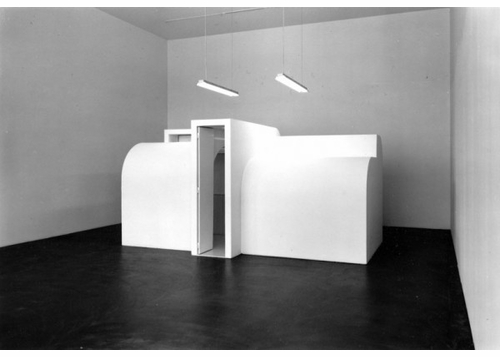ARTBOOK BLOGEventsStore NewsMuseum Stores of the MonthNew Title ReleasesStaff PicksImage GalleryBooks in the MediaExcerpts & EssaysArtbook InterviewsEx LibrisAt First SightThe Artbook 2023 Gift GuidesArtbook Featured Image ArchiveArtbook D.A.P. Events ArchiveDATE 6/2/2024 Green-Wood Cemetery presents Eugene Richards launching 'Remembrance Garden: A Portrait of Green-Wood Cemetery'DATE 6/1/2024 There's no such thing as being extra in June! Pride Month Staff Picks 2024DATE 5/24/2024 Beautifully illustrated essays on Arab ModernistsDATE 5/19/2024 Of bodies and knowing, in 'Christina Quarles: Collapsed Time'DATE 5/17/2024 192 Books presents Robert Storr and Lloyd Wise launching Heni 'Focal Points' seriesDATE 5/17/2024 Lee Quińones signing at Perrotin Store New YorkDATE 5/15/2024 A gorgeous new book on Bauhaus textile innovator Otti BergerDATE 5/13/2024 Rizzoli Bookstore presents Tony Caramanico and Zack Raffin launching 'Montauk Surf Journals'DATE 5/12/2024 Black Feminist World-Building in LaToya Ruby Frazier’s ‘Monuments of Solidarity’DATE 5/10/2024 Artbook at MoMA PS1 Bookstore presents Yasmine Ostendorf-Rodríguez and Juan Ferrer on 'Let's Become Fungal!'DATE 5/8/2024 The World of Tim Burton in rare, archival materialsDATE 5/5/2024 Eugene Richards' eloquent new photobook documenting Green-Wood CemeteryDATE 5/5/2024 Artbook at Hauser & Wirth LA Bookstore presents Yasmine Ostendorf-Rodríguez and David Horvitz on 'Let's Become Fungal' | ABSALONTHOMAS EVANS | DATE 6/8/2011Absalon (Walther König, Köln)Releasing this week is one of the Fall catalogue’s more intriguingly designed monographs: the first overview of the Israeli artist Absalon. Housed in plain white paper-over-board covers, it is comprised of two bound sections of differing heights, the back of which is glued to the interior rear card cover, in a spin on the ‘monograph as dossier’ format. Absalon built a considerable ouevre during his sadly brief life (he died in 1993 at the age of 28), and this austerely designed volume effectively constitutes an Absalon catalogue raisonné. |


